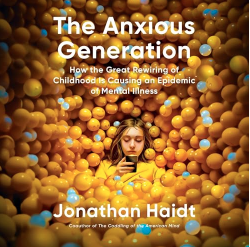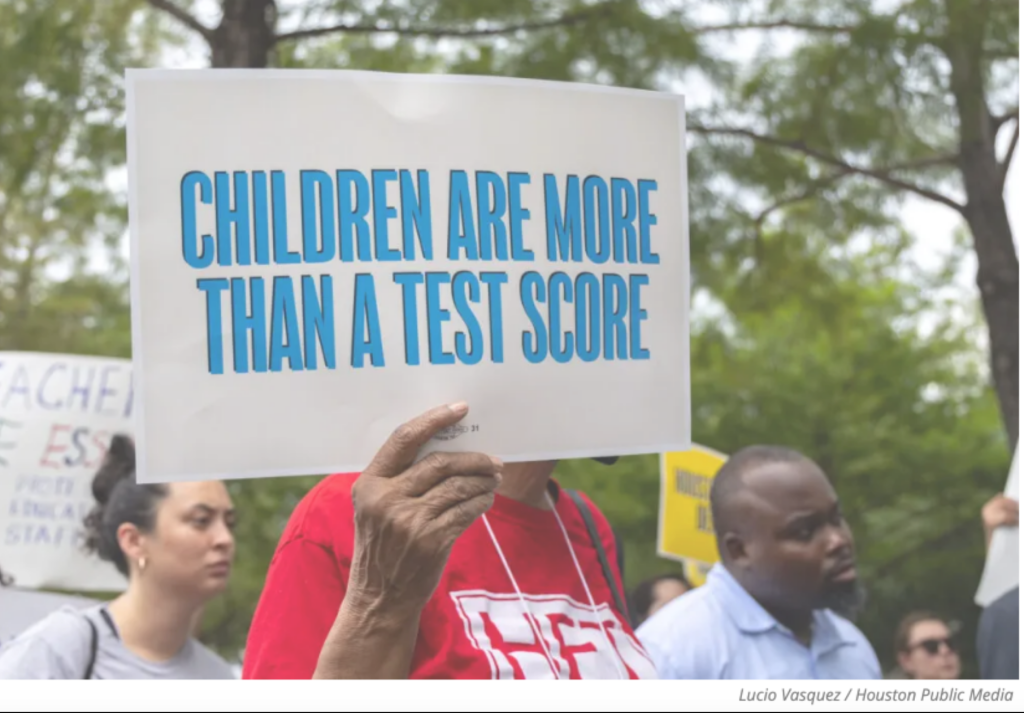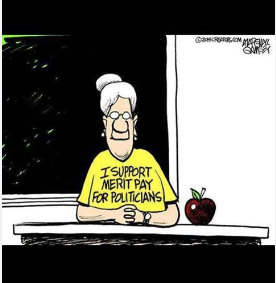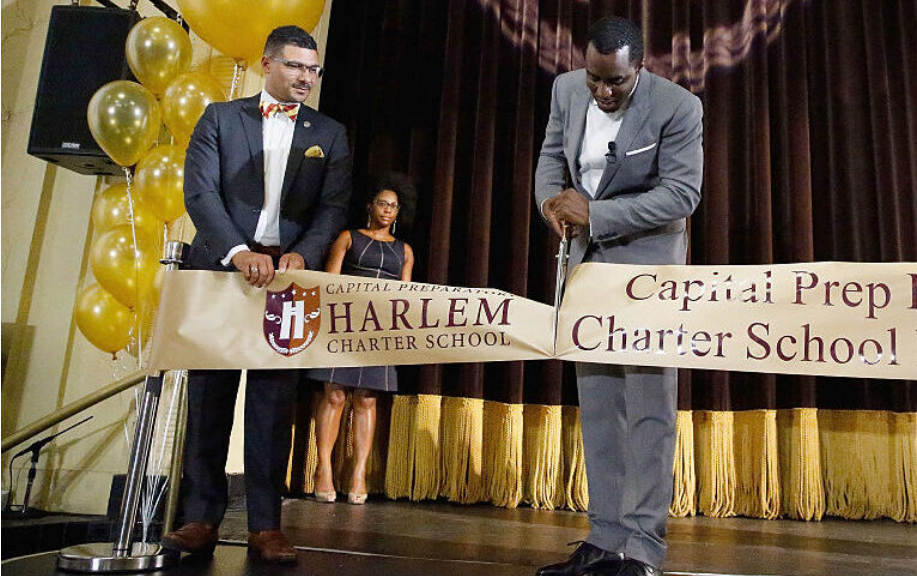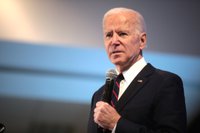
In honor of Teacher Appreciation week beginning May 6, I am reposting an article about good teachers and bad teachers by David Berliner. Berliner is a Regents Professor Emeritus in the Mary Lou Fulton Teachers College in the division of educational leadership and policy studies at Arizona State University. He is a member of the National Academy of Education, a fellow of the Center for Advanced Study, a past president of both the American Educational Research Association (AERA) and the Division of Educational Psychology of the American Psychological Association (APA).
Good and Bad Teachers: So Many More of the Former, So Many Fewer of the Latter
David C. Berliner, Arizona State University
A refereed journal article by colleagues reported on a survey of adults, asking for their beliefs about “good teachers.” The respondents defined good teachers as those who “knew me, cared about me, and wanted me to do well; created interesting activities for us to do; praised me and other students for good grades and improvements; gave extra help or a challenge to students who needed or wanted it; covered a lot of material that was useful; and made learning relevant to me and my life.”
These respondents had little trouble recalling such teachers. Good teachers demonstrated caring and support, along with strong subject matter knowledge. They also estimated that more than two-thirds of their teachers were good or very good teachers, and they believed that only 12% of their teachers were bad or very bad.
With a different set of colleagues, I studied what students said about their “bad teachers”. In that study we had access to 4.8 million ratings of teachers! Using a 100-point scale, 55% of our respondents gave a maximum rating of 100 (the best score), 75% gave a rating of 80 or more, and 89% gave a rating greater than 50 points. These data are compatible with other studies suggesting that America’s students are exposed to high percentages of “good” teachers, and a low percentage of “bad” teachers.
From other research, Berliner estimated the number of “bad” teachers in the USA to be about 3%, with “bad” being generally and poorly defined. The well-respected Hechinger report, in 2014,reported that states such as Tennessee, Michigan, Georgia, Florida, and Pennsylvania, particularly in Pittsburgh, all provided estimates of “bad” teachers that were in this same low range. Danielson, who visited and coded hundreds of classrooms, estimated the “bad teacher” percentage to be around 6%. From those who are experienced classroom analysts, that seems to be on the high end of the estimates in the literature—though it is still a relatively low percentage.
Furthermore, in our study, when we analyzed the comments associated with teachers judged to be “bad,” we found that unanimity among the classmates of those who rated their teachers poorly was quite rare. Nevertheless, we did find a few classrooms where the unanimity and diversity of the charges leveled by students against their teachers made us think that a particular teacher should be dismissed immediately! However, for large numbers of teachers who were rated “incompetent” or “bad” by many of their students, we found other reviews (and sometimes many such reviews) of the same teacher that were positive. Further analysis showed why such disparate judgements made sense. For example, a teacher may be rated poorly because they have strict rules about how essays should be done andgrade them accordingly. And teachers’ who were quite strict about classroom behavior, or who gave out lots of homework, might also be rated low by some of their students. But for other students–say those who make few grammatical mistakes, those who don’t act out in classes, and those who do not find their homework burdensome, ratings of their teachers might be considerably higher. In our study, this seemed to explain why so many reviews of teachers by students were not uniformly either positive or negative.
So, what do we know through research–not from publicity-seeking partisan news columnists, irate parents, or the public-school critics among the “Moms for Liberty? Research suggests we can defend a general statement such as this:“Among America’s 3+ million public-schoolteachers, the numbers of genuinely “bad” public school teachers are quite small, while the numbers of “acceptable” and “good” public school teachers is quite large.” Furthermore, both the positive and negative characteristics of these teachers are recognized by adults long after they have experienced them. Given the relatively low pay, low prestige, difficulty of the work, and fairly regular abuse of teachers by some parents and newspapers, how lucky we are to have staff for the public-schools that are generally so well regarded.
1. Haas, E., Fischman, G., & Pivovarova, M. (2023). Public beliefs about good teaching. Research in Education. https://doi.org/10.1177/00345237231207717
2. Valcarcel, C., Holmes, J., Berliner, D. C., & Koerner, M. (2021). The value of student feedback in open forums: A natural analysis of descriptions of poorly rated teachers. Education Policy Analysis Archives, 29 (January – July), 79. https://doi.org/10.14507/epaa.29.6289
One way to show your appreciation for teachers is to support them in the polls. Advocate for elected officials who will support public schools, teachers, and students. Teachers don’t need another mug, or gift card, they need us to stand up for them, and elect people who believe in them. This is done locally in your school board elections, in your state – electing officials who support public education, and at the national level, supporting administrations that will work hard for our teachers. Vote. Vote. Vote.
Would you mind answering a few quick questions about this blog? Your responses are anonymous. https://forms.gle/jxXh7sHMzRzQcpkeA
***This is my last blog for a while. Many great things going on this summer including my son graduating from medical school, and a ten day trip to Italy. Thank you for your continued readership.
These are my reflections for today.
May 3, 2024
If you like what you’re reading, consider sharing and following my blog via email.

